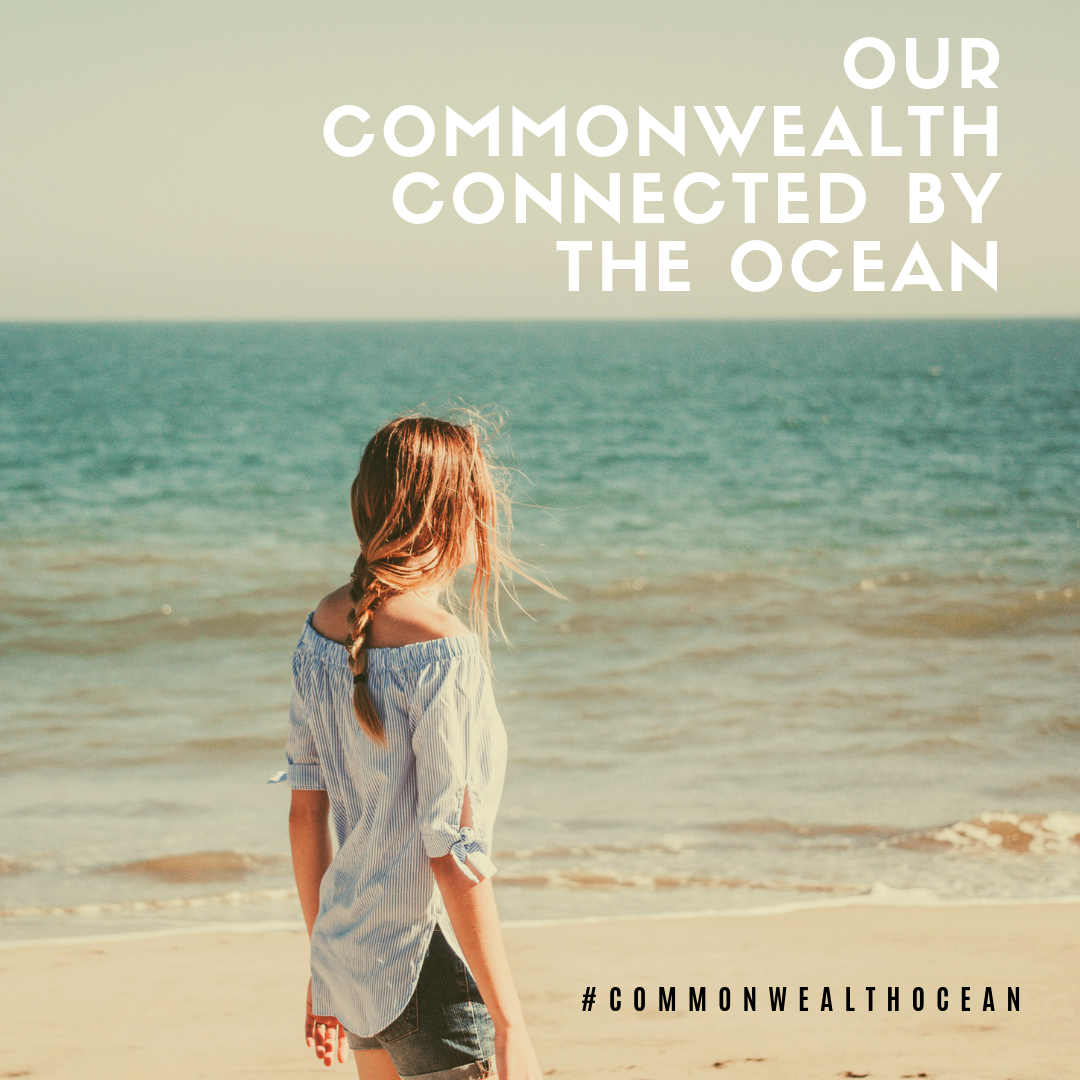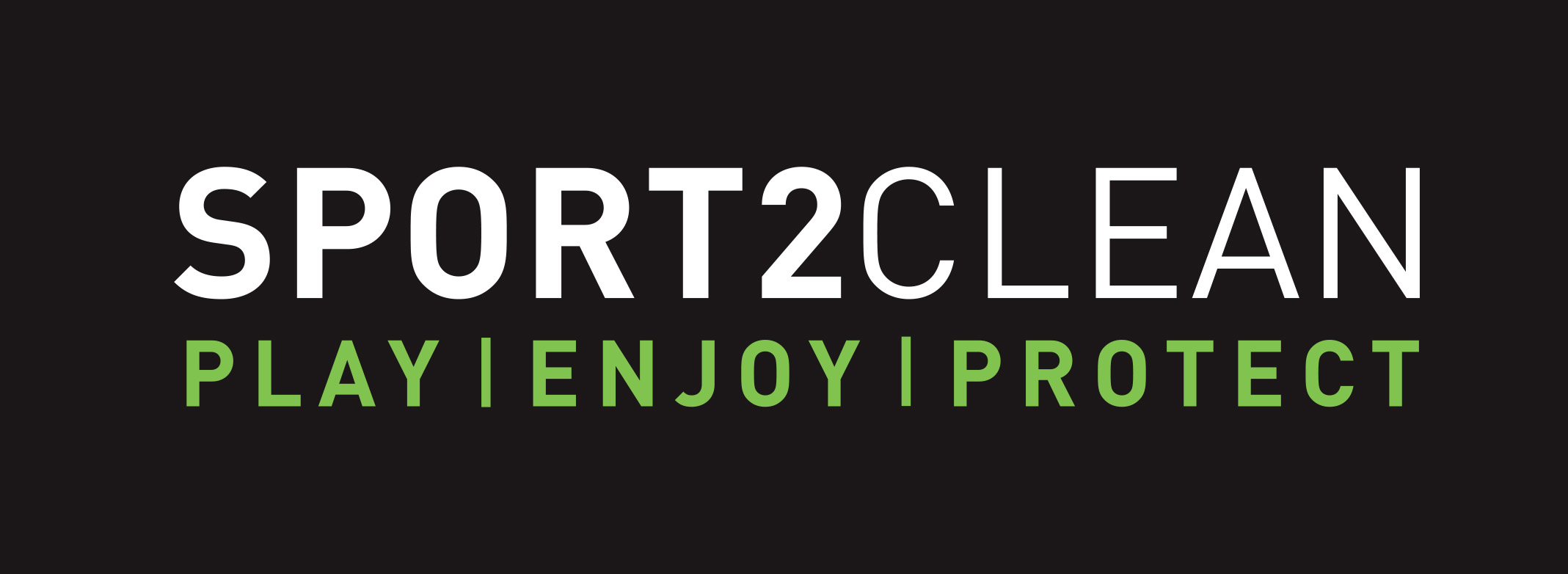
Welcome to Commonwealth Ocean New Zealand
A Nationwide Call to Action for Ocean Health, Cultural Recognition, and Community Engagement
Copyright © 2020 by Carl McCarthy
Tangaroa – God of the Sea
In Māori mythology, Tangaroa (also known as Takaroa) is one of the great atua (gods), revered as the guardian of the sea. Often depicted as a majestic whale, Tangaroa symbolizes the profound connection between people and the ocean—a relationship grounded in respect, responsibility, and protection.
Auckland Leads the Way
Commonwealth Ocean New Zealand will launch in Auckland with the installation of 50 large whale sculptures placed across the city. These sculptures will form a public art trail designed to raise awareness of ocean health, specifically the protection of Waitematā Harbour—our ancestral waters—and the broader Pacific Ocean, the largest and deepest of Earth’s marine ecosystems.
This trail will bring whales ashore symbolically to “tell their story”—shedding light on the devastating impacts of plastic pollution, microplastics, marine debris, and chemical runoff that are infiltrating marine food chains, including our own.
Cultural Significance
This initiative deeply honours Māori traditions, where whales are sacred and often regarded as spiritual guides. Stories tell of Tūtarakauika, a whale that guided waka (canoes) from Hawaiki to Aotearoa. These narratives reflect the role of whales as guardians and navigators—roles we must now assume to protect them.
The project supports the principles of kaitiakitanga, the Māori ethic of guardianship. Through whakapapa (genealogy), we are intrinsically connected to the natural world and to each other. The health of the sea is the health of the people. A polluted ocean undermines the mana of iwi and the future of our shared environment.
Environmental Impact and Education
This project is not just about raising awareness—it’s about sparking real change. Whale sculptures will be accompanied by educational displays that:
-
Highlight the dangers of marine pollution
-
Encourage action through the 3 R’s: Reduce, Reuse, Recycle
-
Inspire youth engagement and school-based learning
-
Showcase circular economy principles as a sustainable alternative to the “take, make, dispose” model
Students and communities will be invited to participate in hands-on conservation efforts, clean-ups, and workshops—building a generation of informed ocean stewards.
Partnerships and Alignment with National Goals
This initiative aligns with:
-
Ngāti Whātua Ōrākei’s call for waste minimisation and kaitiakitanga-led approaches to sustainability.
-
Auckland City Council’s aspiration to become a zero-waste city by 2040, focusing on reducing litter, illegal dumping, and marine pollution.
-
The University of Auckland’s commitment to a Treaty-based partnership that honours Māori heritage and environmental knowledge.
-
Government and business initiatives that support the development of resilient, sustainable communities and marine conservation.
Why This Matters
New Zealand is surrounded by the South Pacific Ocean and the Tasman Sea, making ocean health not only an environmental concern but a national one. This project recognises the inherent cultural, ecological, and economic value of our marine ecosystems and calls on businesses, government bodies, schools, iwi, and the wider community to collaborate in creating a better, cleaner future.
Join the Journey
Be part of a project that celebrates our culture, educates our youth, protects our ocean, and tells the story of the whale—a symbol of wisdom, strength, and survival. Together, we can ensure Tangaroa’s domain remains sacred and thriving for generations to come.
The story begins:
Auckland Whale Sculpture Trail
A Journey of Culture, Conservation, and Community
Overview
The Auckland Whale Sculpture Trail will bring 50 striking whale sculptures to life across the city, weaving together a powerful narrative of cultural identity, marine conservation, and community education. The trail will begin with the unveiling of a permanent sculpture—a Humpback Mother and Calf—during an official launch and blessing ceremony, located within an Auckland Innovation Centre.
This mother-and-calf sculpture symbolises the beginning of a joyful life journey. From here, a captivating story unfolds across the city as the calf departs its mother, taking visitors on an emotional journey through various installations—each depicting a chapter in its life, from vibrant youth to its heartbreaking encounter with plastic pollution and marine debris.
This evolving sculpture trail will educate, inspire, and connect Aucklanders and visitors to the pressing reality of ocean health, while honouring the deep cultural significance of whales in Māori heritage.
Key Project Elements
-
Permanent Launch Sculpture: Humpback Mother and Calf unveiled with official blessing in a public ceremony.
-
Sculpture Trail: A series of calf-only sculptures depicting the whale’s journey, placed throughout Ngāti Whātua Ōrākei heartland and greater Auckland.
-
Storytelling Through Art: Each sculpture will include an ID plaque with a backstory—age, weight, distance travelled—and educational content about marine threats.
-
Interactive Learning: Schools across New Zealand will be invited to follow the whale’s journey, integrating classroom conservation projects and marine advocacy into the experience.
-
Tourism and Heritage: The trail guides locals and visitors through Auckland’s landmarks and Māori heritage sites, fostering a deeper connection to place and people.
-
Cultural Engagement: Developed in collaboration with Ngāti Whātua Ōrākei, the project celebrates whakapapa, kaitiakitanga, and the role of whales in Māori mythology.
-
Art for Good: Ten sculptures will be auctioned, with proceeds going to support Auckland-based charities.
Project Outcomes
-
Stronger Connection to Māori Heritage: Enhancing public understanding of whakapapa, kaitiakitanga, and traditional relationships to marine life.
-
Support for a Circular Economy: Aligning with Auckland City Council’s zero-waste 2040 goals and promoting recycling, reuse, and responsible consumption.
-
Public Education on Microplastics: Raising awareness of plastic pollution’s impact on marine life and human health.
-
Employment and Skill Development: Involving Auckland boatbuilders, artists, and fabricators in the creation of sculptures and moulds.
-
Local Artistic Expression: Collaborating with Auckland-based artists to design and paint sculptures with conservation messages.
-
Engagement with Key Institutions: Including consultation with the University of Auckland in the design and research phases.
-
Community Empowerment: Encouraging action through schools, government partnerships, local businesses, and public participation.
-
Advocacy for the Pacific: Highlighting the Pacific garbage patch’s growing threat to our island neighbours—places tied to the earliest Māori voyaging heritage.
Our Shared Vision
Together with our partners, we are telling a story that belongs to all of us—of life, loss, and hope in our oceans. The whale becomes a voice for Tangaroa, calling for urgent change and deeper reconnection to our heritage, our whenua, and our responsibilities as kaitiaki.
As advocates for the ocean, especially through aquatic sports and environmental initiatives like Sport2Clean, we believe that real change comes through education, engagement, and emotional connection to the natural world.
“For real change, we must reconnect with our stories and our land. When we collaborate, we create lasting outcomes—for the environment, the economy, and generations to come.”
— Ngāti Whātua Ōrākei
About Micro Plastics and Ocean Plastics
Micro Plastics?
Microplastics are plastic particles that are smaller 1 mm in diameter. They are manufactured for use in products such as toothpaste and industrial processes, often as a scrubbing agent. Due to their size, they are often not recycled and end up in waterways and oceans. Microplastics can also result from the breakdown of larger plastic items.
Filter-feeding organisms often consume microplastics where they enter the food chain. According to some estimates there are around 5 trillion pieces of plastic floating in the world’s oceans.
| Overview: Microplastics | ||
| Type | Environmental Issue | |
| Definition | Small plastic particles that enter the environment, particularly waterways and oceans where they become part of the food chain. | |
| Common Sources |
Cosmetics Clothing (synthetic fiber) Industrial Processes Breakdown of larger plastics |
|
| Impact |
Plastic takes between 50 and 600 years to breakdown The breakdown of plastic releases chemicals into waterways Plastic may threaten species, including small species that are the basis of the ocean food chain. Plastic enters the food chain at the lowest levels where it may impact the health of all ocean species and humans. |
|
| Potential Solutions |
Capture and recycling at sewage treatment facilities Reduction of waste from marine transport and commercial fishing. Use of natural scrubbers such as crushed almonds in cosmetic products. Use of plant based biodegradable plastics for industrial scrubbing. Natural fibers in clothing Collecting and recycling macro plastic debris in oceans
|
|
| Related Concepts | Environmental Issues | |
What is Ocean Plastic Clean-up?
Ocean plastic clean-up is a strategy to reduce the amount of plastic debris floating in the world’s oceans. The most common variant of the strategy is to manually clean up beaches that tend to attract large amounts of plastic due to ocean currents. Plastic is then sorted and recycled or reused. A typically beach clean-up recovers about 90% plastic items.
Plastic is estimated to take 50 to 600 years to decompose depending on the type and conditions. There are an estimated 5 trillion pieces of plastic floating or sunken in the world’s oceans. Such plastic enters the food chain and potentially threatens all ocean species and related ecological processes. Plastic also makes oceans less appealing and usable.
Large scale technologies have also been proposed for cleaning up visible plastic items from areas of concentration such as the great Pacific garbage patch. In theory technology could also be developed to clean up microplastics but this is a huge task as it is highly distributed amongst the estimated 332,519,000 cubic miles of water on the planet.
| Overview: Ocean Plastic Clean-up | ||
| Type |
Sustainability Environmental remediation |
|
| Definition | Capturing and recycling plastic debris from oceans. | |
| Related Concepts |
Extended Producer Responsibility Environmental remediation Circular Economy |
|
Note: References *Wikipedia *Ngāti Whātua Ōrākei Iwi Management Plan *Auckland University *Auckland City Council
